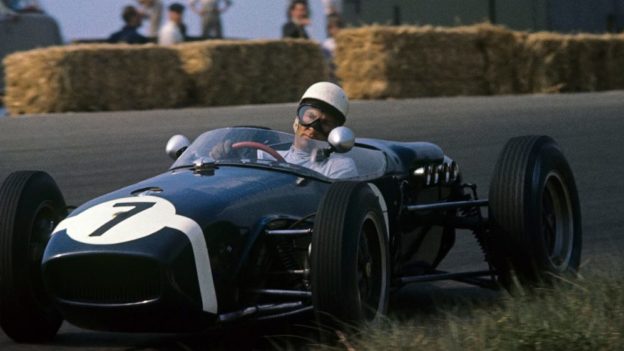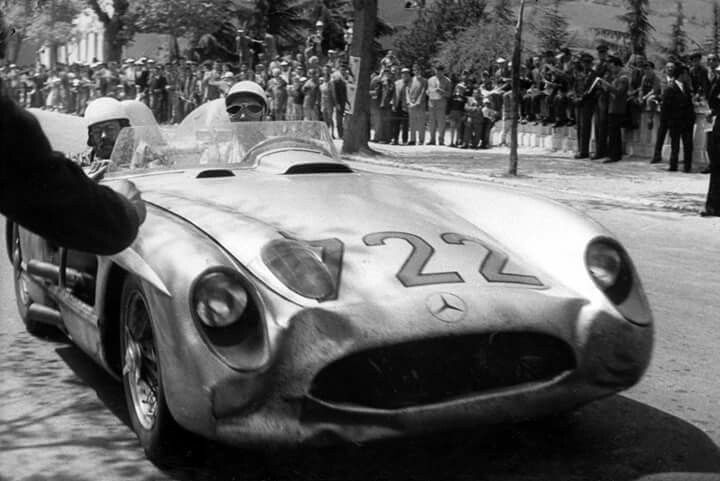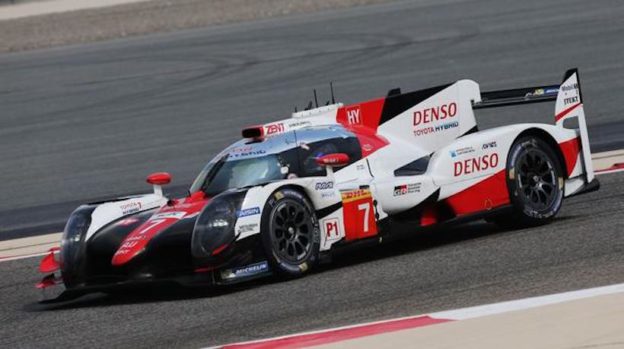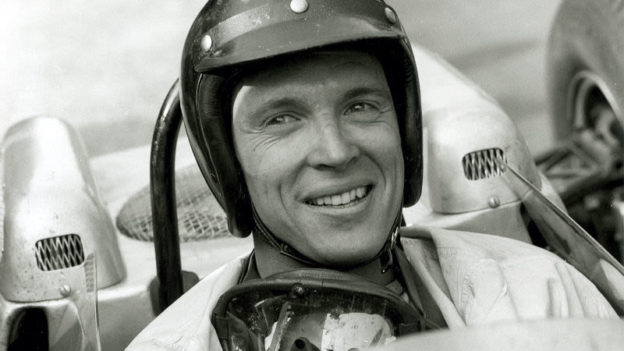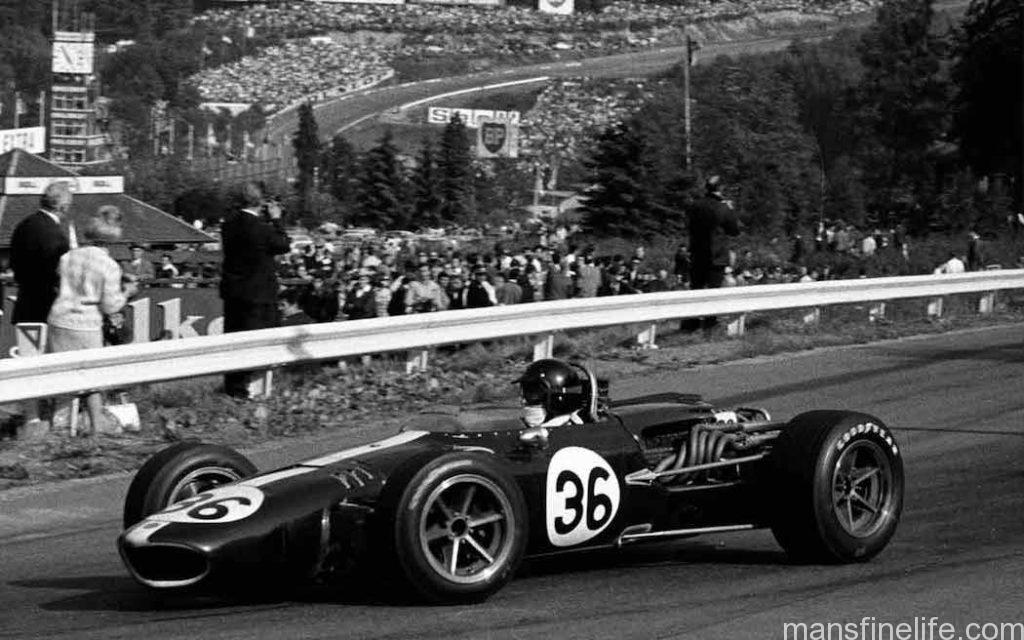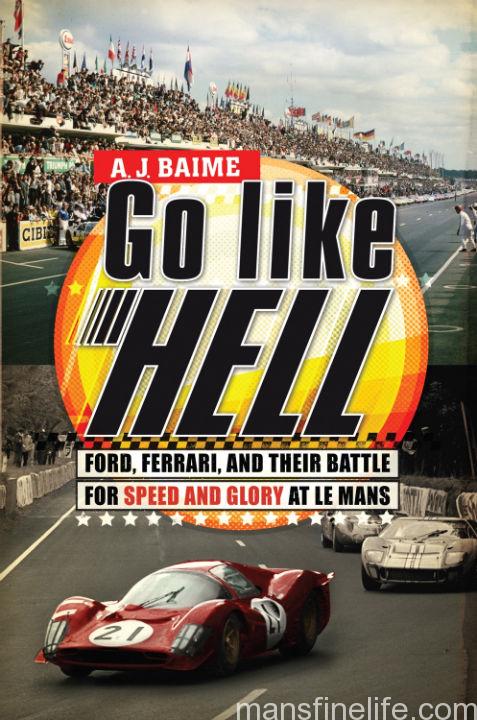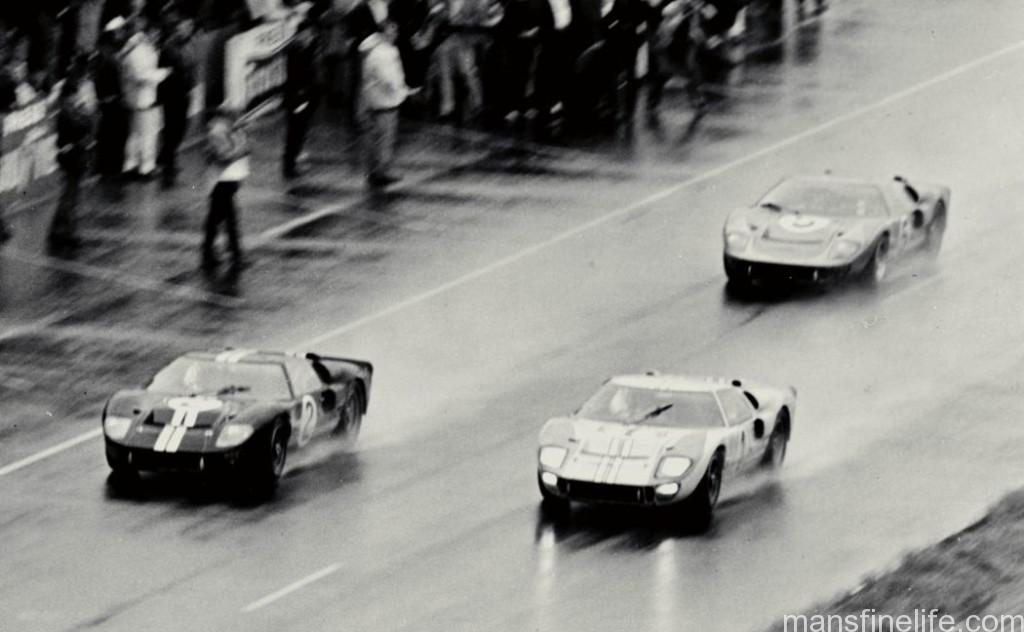A Formula 1 season already delayed indefinitely by the Coronavirus pandemic suffered another heavy blow on Sunday as the legendary British motoring ace, Sir Stirling Moss, passed away peacefully at his London home at the age of 90. The New York Times obituary is here.

Photo courtesy The Sunday Times DRIVING section
Widely considered to be one of the best racers of his or any other era, with some rating him second only to Juan Manuel Fangio in Formula 1’s golden decade of the 1950s, Moss won 16 Grand Prix and had 24 podiums between 1951 and 1961 but never managed to win the title. Moss famously defended his chief rival for the 1958 Championship, countryman Mike Hawthorn, from the stewards’ wrath after Hawthorn’s unorthodox recovery maneuvers following a spin during the Portuguese GP. That sporting gesture, not altogether dissimilar to Peter Collins handing over his car to Fangio at Monza in 1956 to enable the Argentinian great to win that year’s Championship, allowed Hawthorn’s second place points to stand. So despite winning four Grand Prix to Hawthorn’s one victory that season, including that fateful Portuguese contest, Moss was edged out by Hawthorn for the 1958 title by a single point. It is also widely acknowledged that Moss’s steadfast desire to race British cars in F1 most likely cost him other championships, as they were often inferior to their Italian or German competition during that era. But that same stubborn nationalism earned him a fanatically loyal and adoring following in Great Britain that remains to this very day. If you’re looking for Britain’s top heroes in their national psyche there is Churchill, James Bond and Moss.
A prolific winner in other classifications of motorsport at a time when the world’s top drivers tended to compete in nearly every high level event, Moss was also victorious at 1956’s 24 Hours of Le Mans driving an Aston Martin DB3S along with Collins and owner David Brown; he had two overall victories at the 12 Hours of Sebring in 1954 and 1957; and a 12 Hours of Reims win in 1953. Perhaps most famously, Moss and co-driver/navigator, the revered racing journalist Denis Jenkinson, took the overall victory in 1956 at the always treacherous Mille Miglia while piloting the stunning Mercedes-Benz 300 SLR. That victory, chronicled by jenkinson in the seminal motorsport article “With Moss In the Mille Miglia” was made all the sweeter in that it came at the expense of the second place Fangio, who so frequently bested Moss in Formula 1 for the ultimate prize — the Drivers’ Championship — throughout the 1950s. Continue reading

